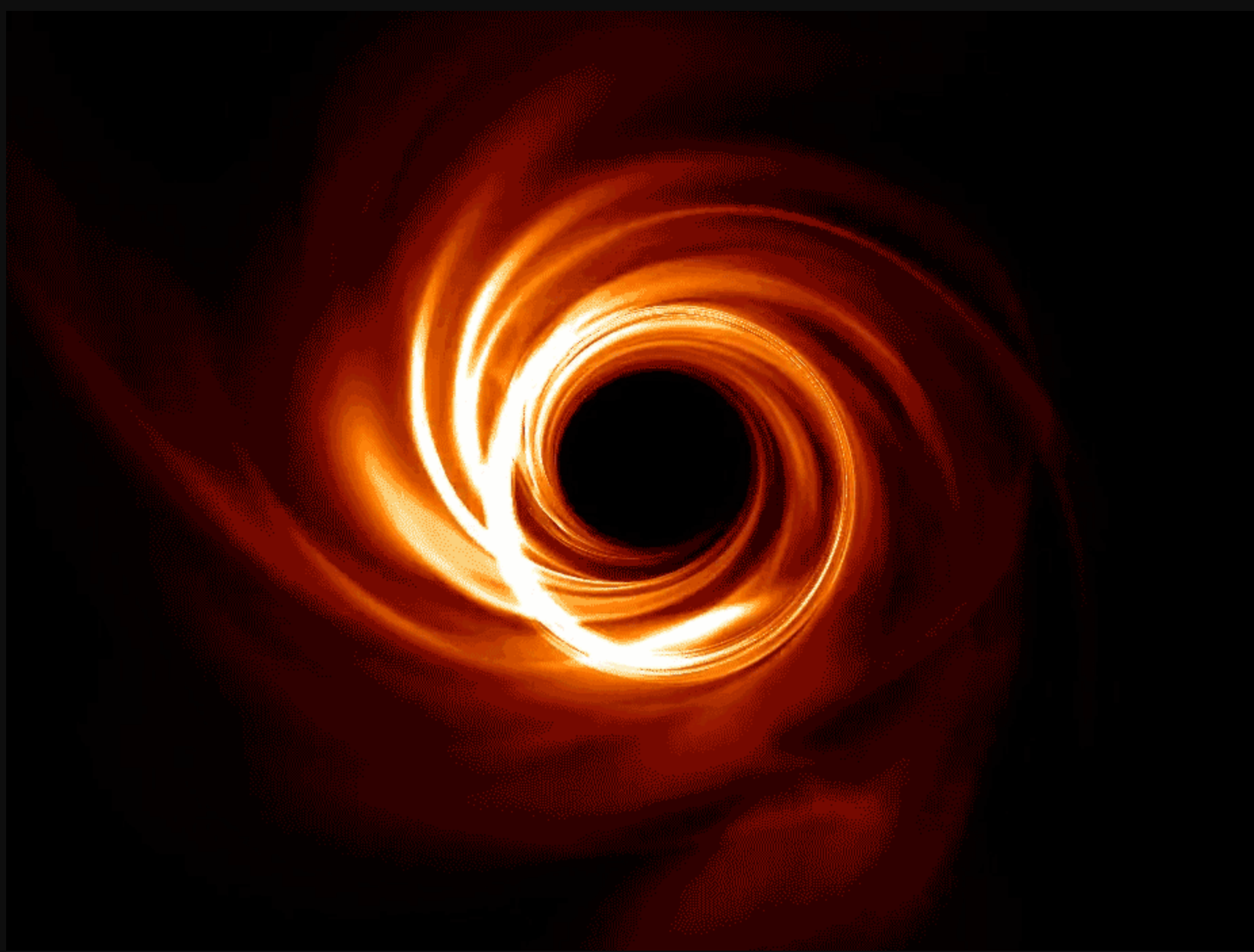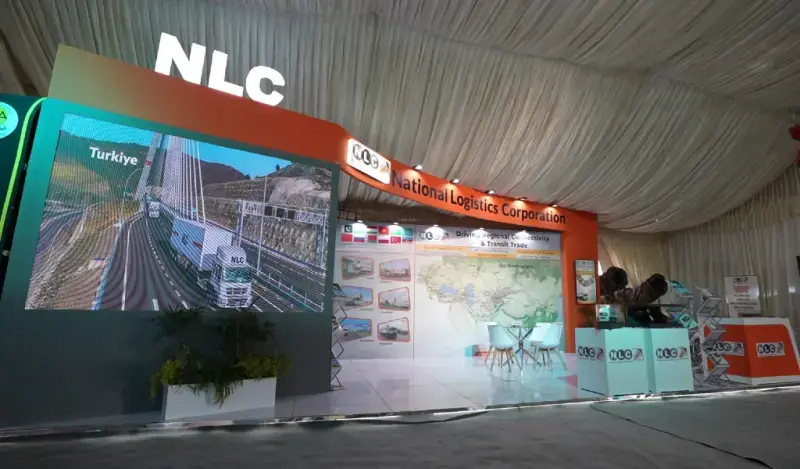Copyright thebrighterside

A black hole can feel like the most distant and unreal object you could ever think about, yet the way its darkness bends light may one day speak directly to the deepest parts of physics. If you have ever looked at the famous images of the giant object in galaxy M87 or the one at the center of the Milky Way, you have already seen what scientists call a black hole shadow. Those glowing rings of hot gas circle an empty space where light vanishes forever. They carry signals that may help settle what gravity really is and whether the universe follows Einstein’s rules or something even stranger. General relativity has shaped our understanding of space and time for more than a century. It explains how massive objects curve spacetime and predicts that black holes should form when matter collapses under its own weight. Most tests of relativity come from gentle places like the Solar System, but a black hole offers something very different. Its gravity is so intense that even light cannot escape. That makes its edge, called the event horizon, a perfect stress test of any theory that claims to describe how the universe works. When the Event Horizon Telescope released the first shadow images, new hope formed that gravity could be tested in ways that once felt impossible. Prof. Luciano Rezzolla from Goethe University Frankfurt describes what those images show. “What you see on these images is not the black hole itself, but rather the hot matter in its immediate vicinity,” he says. That swirling matter emits a final flash of light before it falls past the point of no return. Those last signals form the bright ring that outlines the dark center. That ring is what researchers now want to read more closely. A team of researchers from Frankfurt and the Tsung-Dao Lee Institute in Shanghai tested what would happen if gravity worked differently than Einstein predicted. They ran detailed three-dimensional computer simulations showing how plasma and magnetic fields behave around many types of hypothetical black holes. They then traced how light would travel out of this violent region and built synthetic images based on each gravity model. These images were compared to the shadow created by a standard Kerr black hole, which is the version predicted by general relativity. The team measured how the models differed in shape, size and brightness patterns. That close inspection revealed something important. If the mismatch between Einstein’s version and an alternative model is larger than roughly 2 to 5 percent, then future telescopes should be able to tell them apart. For the first time, scientists now know the precision needed to check competing theories. The key is to reach percent-level clarity in images. Current telescope arrays cannot yet achieve that resolution, but researchers believe new Earth-based stations and possible space telescopes could reach this goal in the coming years. A change of just a few percent in the shadow might seem small, but it could reshape physics. If you observed a shadow that differed from Einstein’s prediction by even that small amount, it might hint that space bends differently near a black hole. It could also point to exotic ideas, such as the need for unusual forms of matter or the violation of physical laws now considered firm. And if the shadow matches Einstein’s expectations, it strengthens a theory that has survived test after test. So far, observations have ruled out only the most extreme possibilities, such as wormholes and naked singularities. But measurement uncertainties remain large, and scientists want sharper and cleaner images before they draw stronger conclusions. Rezzolla believes these tests are essential. “Even the established theory must be continuously tested, especially with extreme objects like black holes,” he says. Turning a black hole into a tool for testing gravity is not easy. The environment near the event horizon changes quickly as plasma twists and heats at incredible speeds. These changes can alter what the shadow looks like and can hide the subtle signs scientists need. Telescopes must also reach an almost impossible resolution. Researchers compare it to spotting a coin on the Moon from Earth. Noise, calibration problems and natural fluctuations in the plasma can blur the view. To overcome this, scientists will need better algorithms that reconstruct images with less distortion. They also plan to observe black holes at several wavelengths and over multiple days to reduce uncertainty. Space-based telescopes could help even more. A single antenna placed far from Earth would stretch the distance between observing points and sharpen the overall picture. If astronomers reach the needed resolution, they could measure the radius of the shadow with great accuracy and compare it to predictions from many gravity models. The teams involved in this research are optimistic. New observatories are already being planned and could soon join the networks that form Earth-sized radio telescope systems. With every upgrade in sensitivity, calibration and coverage, the images of black holes grow sharper. As that happens, the shadows of these cosmic giants may reveal something humans have never seen: direct evidence that gravity does or does not follow Einstein’s script. That possibility invites both wonder and humility. A black hole might look like an empty circle of darkness, but hidden inside that outline is the chance to learn whether the universe has more to say about its own rules. Research findings are available online in the journal Nature Astronomy. Like these kind of feel good stories? Get The Brighter Side of News' newsletter.



